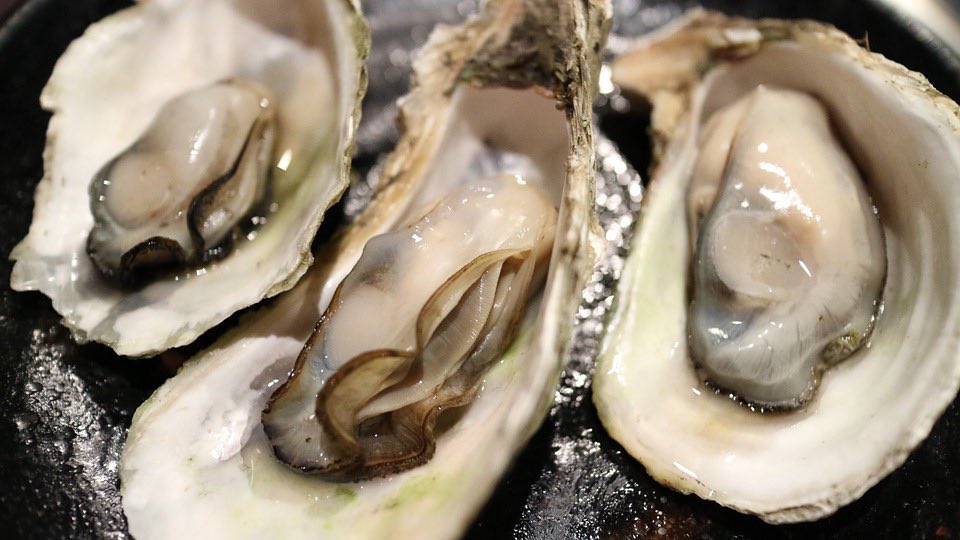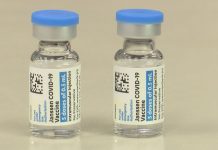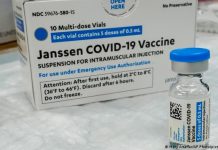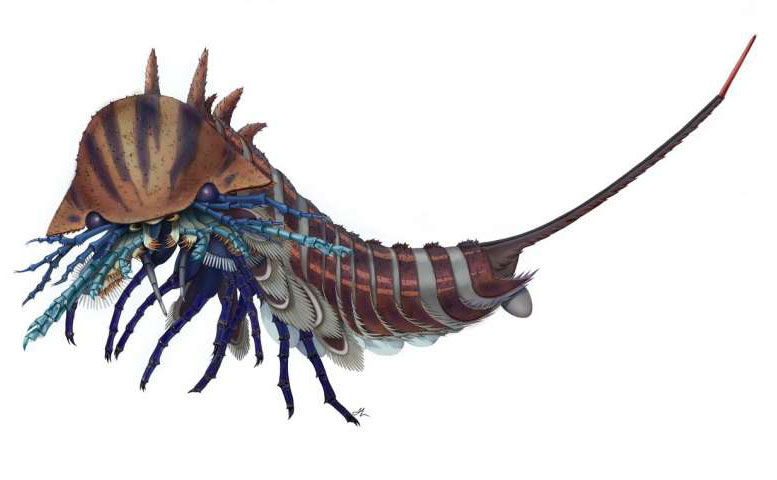
Flesh-Eating Bacteria From Oysters Linked to Death in Texas.
A Texas woman died of Vibrio vulnificus, commonly known as flesh-eating bacteria, after eating raw oysters during a vacation along the Louisiana coast last September. Within 36 hours of shucking and eating about two dozen oysters, Jeanette LeBlanc developed respiratory distress, a rash on her legs and other symptoms, according to news reports.
LeBlanc’s wife, Vicki Bergquist and their friend, Karen Bowers, thought LeBlanc was suffering a typical allergic reaction. Treatments didn’t work, and LeBlanc died on Oct. 15, 2017, after a three-week hospitalization, they said.
The vibrio bacteria naturally exists in coastal waters, according to the federal Centers for Disease Control, but it should be worrisome for anyone with a pre-existing wound or an injury acquired while exposed to brackish or salt water. Brackish water is a mixture of fresh and sea water found where rivers meet the sea.
Bergquist and Bowers want more people to be aware of link between raw oysters and flesh-eating bacteria. Bowers told KLFY-TV that if more people knew “they could literally die within 48, 36 hours after eating raw oysters,” they might choose to cook them instead.
“If we had known that the risk was so high, I think she would’ve stopped eating oysters,” Bergquist told the TV station.
Vibrio illnesses can also result from eating other undercooked shellfish, such as mussels and clams. The CDC says about 80,000 vibrio illnesses are reported annually in the United States, about 52,000 of them from eating contaminated food. The illnesses kill about 100 people a year in the United States, the agency said.
Most people with a mild case of vibriosis recover within three days with no lasting effects. Those most susceptible are people with diabetes or a compromised immune systems, especially those with chronic liver disease.
Here are seven things to know about oysters and eating them:
Oysters’ bodies function like a filter. They feed by drawing in water, and that includes whatever materials are in the water, including flesh-eating bacteria, and retain them.
The CDC says that though most vibrio illnesses occur in warmer coastal states, oysters from colder waters can also contain the bacteria.
There’s no way to tell if an oyster contains harmful bacteria. It looks, smells and tastes the same.
The only way to kill the bacteria is to properly cook oysters. If the shells are already open, throw them out. For oysters in the shell, boil them until the shells open, and then for an additional 3 to 5 minutes, or steam them until the shell opens and then for an additional 4 to 9 minutes. Only eat the shellfish that opens during cooking. For shucked oysters, boil them for at least 3 minutes until the edges curl, fry them for at least 3 minutes at 375 degrees Fahrenheit, broil them 3 inches from the heat for 3 minutes, or bake them at 450 degrees F. for 10 minutes.
Some oysters are treated for safety after they are harvested. This treatment can reduce levels of vibrios in the oyster but it does not remove all harmful germs. People who are more likely to get vibriosis should not eat any raw oysters.
Condiments like hot sauce or alcohol won’t kill harmful bacteria in oysters, according to the federal Food and Drug Administration.
You can’t eat “just a few” and and get by. A vibriosis death in Florida occurred after eating only three oysters, the FDA said.













